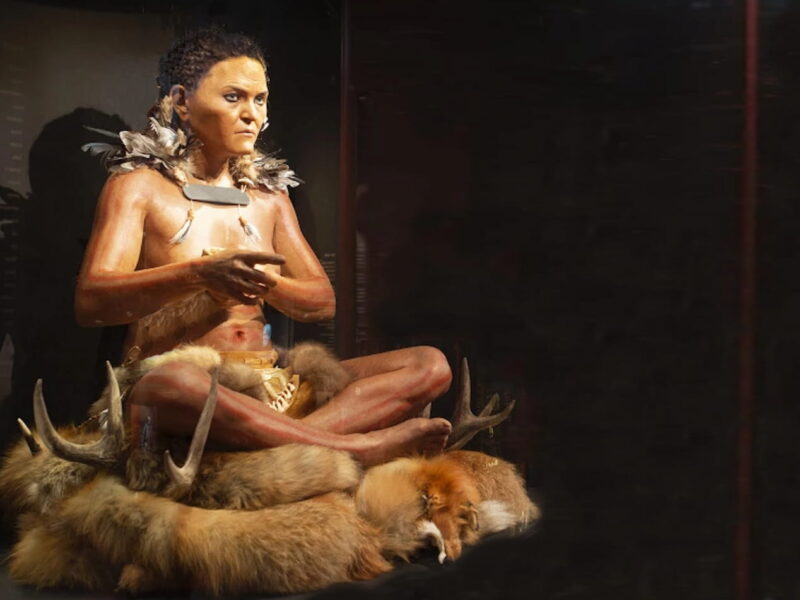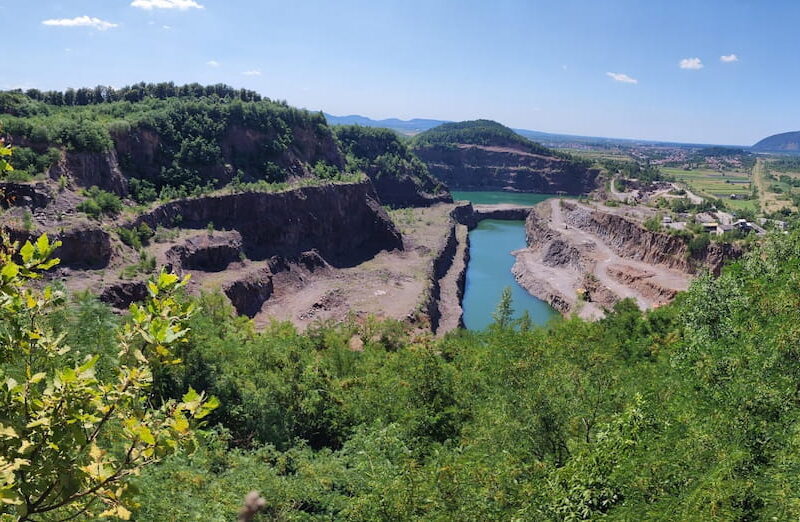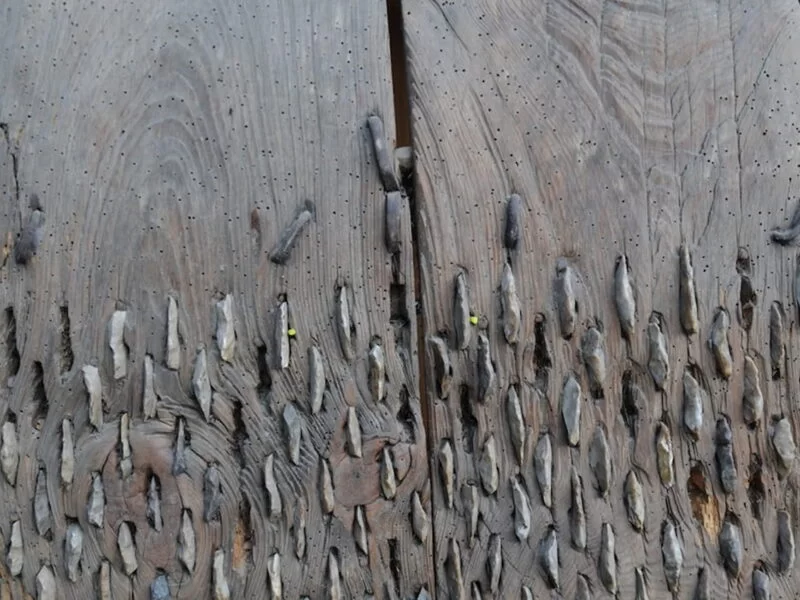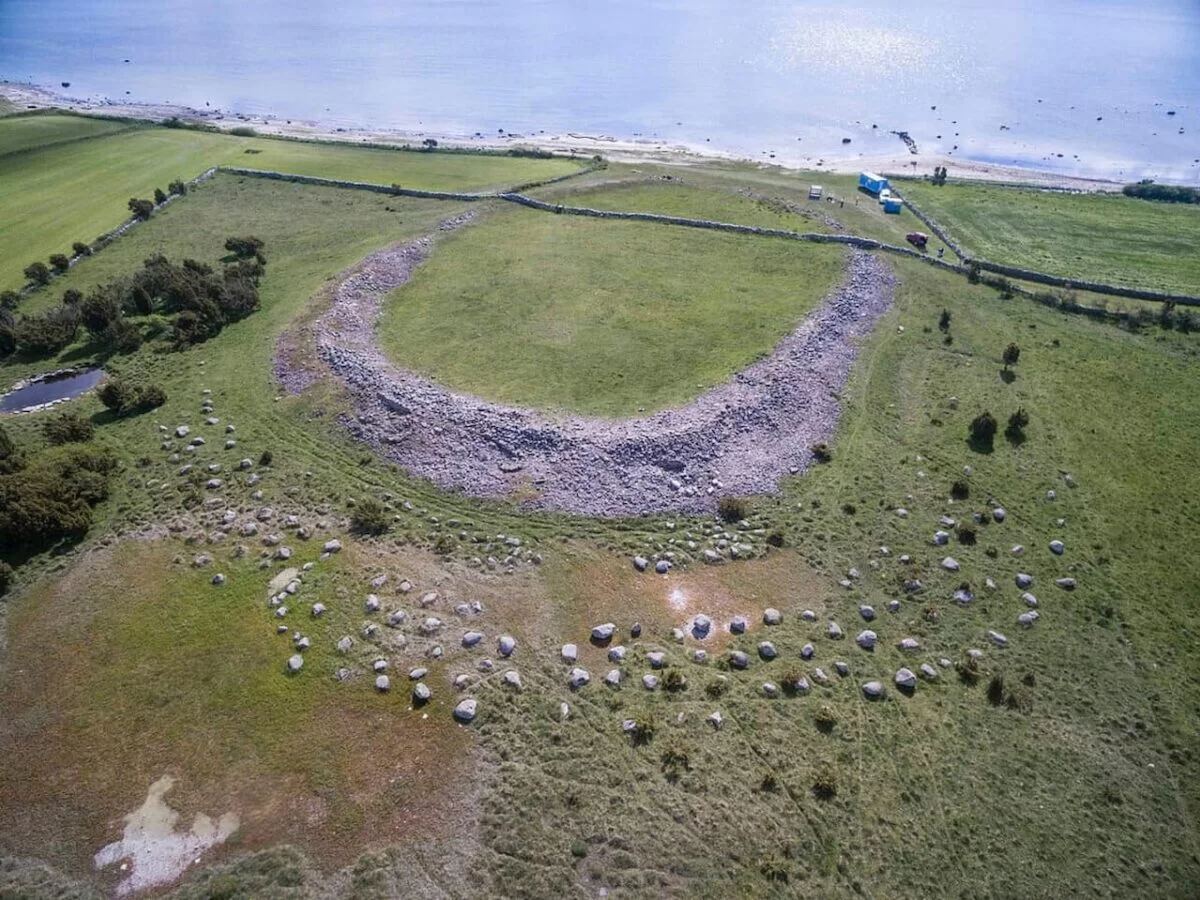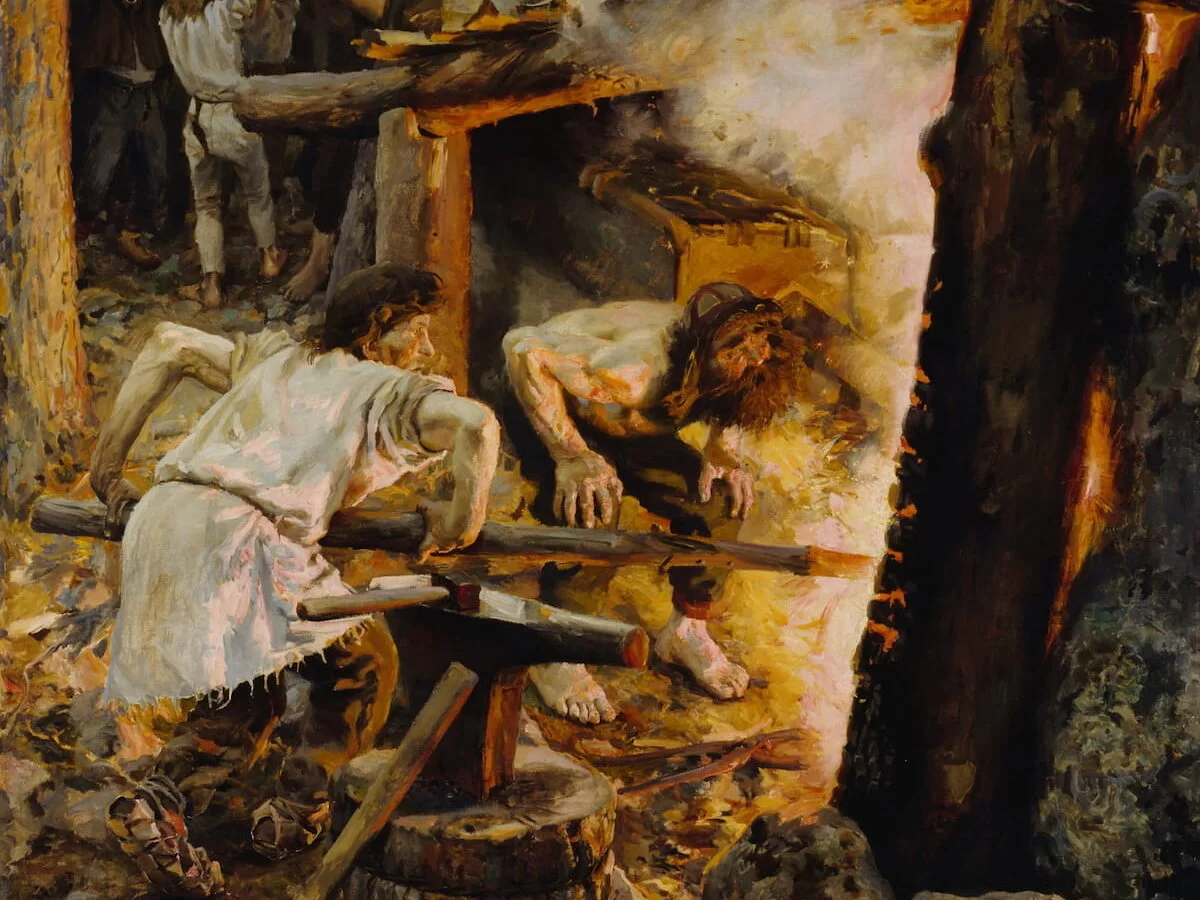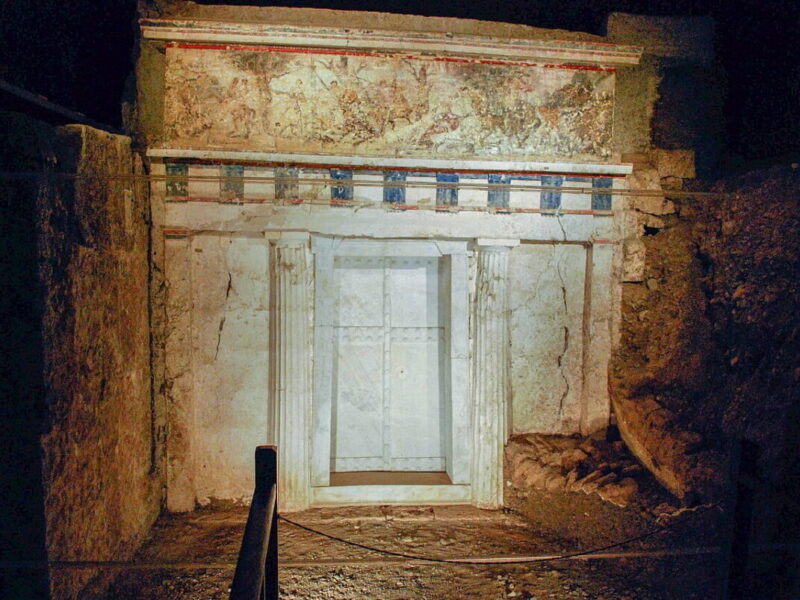Did the first agricultural societies in Europe live nomadically, or were they (seasonally) sedentary? How did sedentarism spread between Anatolia and Europe, and how did the first sedentary people influence agricultural techniques on our continent?
An Austro-Serbian team of archaeologists, under the direction of the Austrian Academy of Sciences (ÖAW), discovered the remains of a rectangular house built around 8,000 years ago in Svinjarička Čuka.
The new findings in Svinjarička Čuka provide substantially new data and insights, which are likely to change existing models on the development of sedentarism in the Balkans, says Barbara Horejs, archaeologist and scientific director of the Austrian Archaeological Institute of the ÖAW.

The building, constructed with a combination of wickerwork and wooden posts and exceptionally well-preserved due to a fire, provides key clues about the construction techniques and lifestyle of early agricultural pioneers.
The partially collapsed and burned architectural elements covered overlapping floors inside the house, as well as artifacts, tools, and scattered vessels in the presumed outdoor area, describes ÖAW researcher Barbara Horejs. Particularly significant are the various installations for storing food, grains, and seeds.
For her, it is clear: the discovery challenges previous models, which assumed that the first European settlers were nomadic or only seasonally sedentary, based on widely spread pits, interpreted as remnants of lightweight huts.
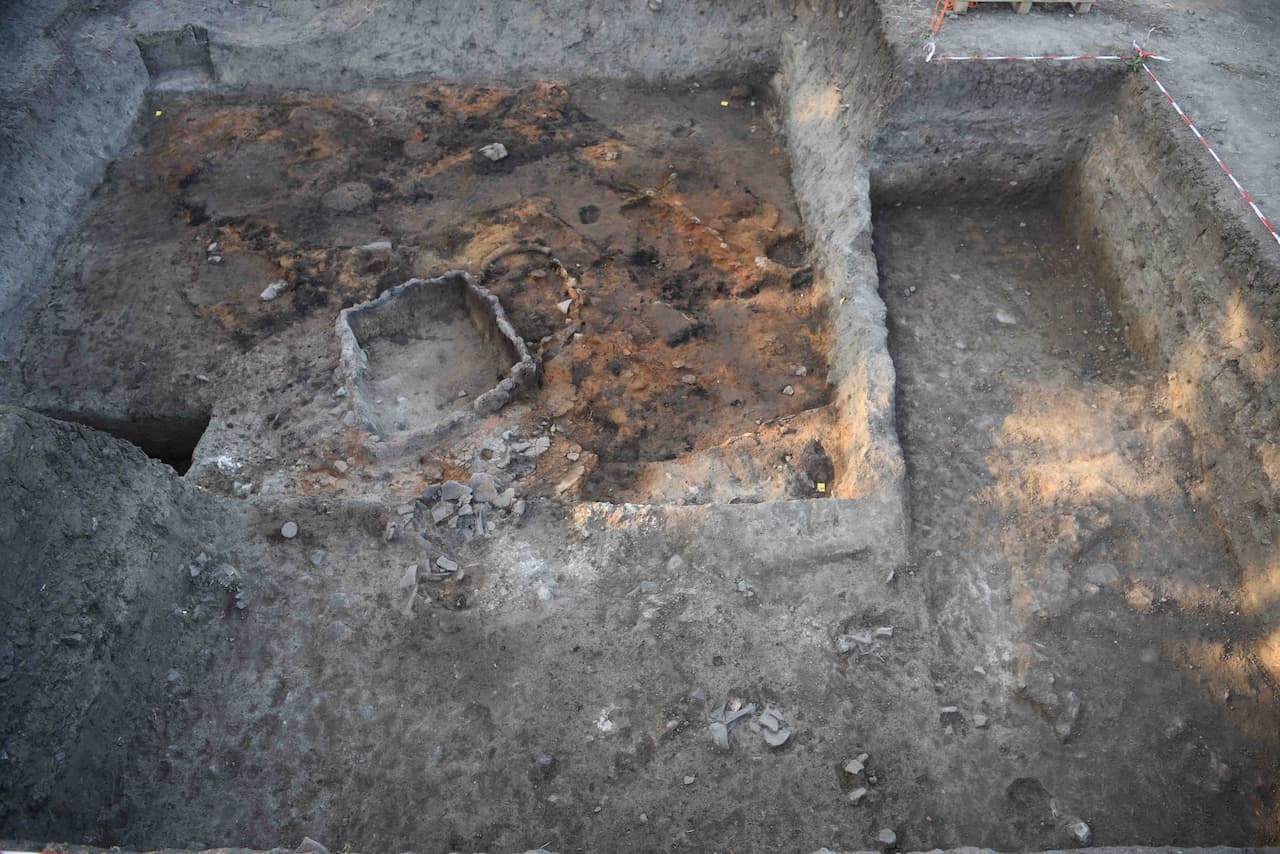
Instead of small nomadic groups or only seasonally sedentary ones, the Neolithic pioneers in the Balkans apparently built stable houses with facilities to store provisions and grains, she explains.
Excavations in Svinjarička Čuka, which have been ongoing since 2018, have already uncovered several phases of settlement from the Early and Middle Stone Age, attributed to the Starčevo culture.
This culture represents the oldest Neolithic communities in the Balkans and played a central role in the expansion of agriculture from Anatolia to Europe.
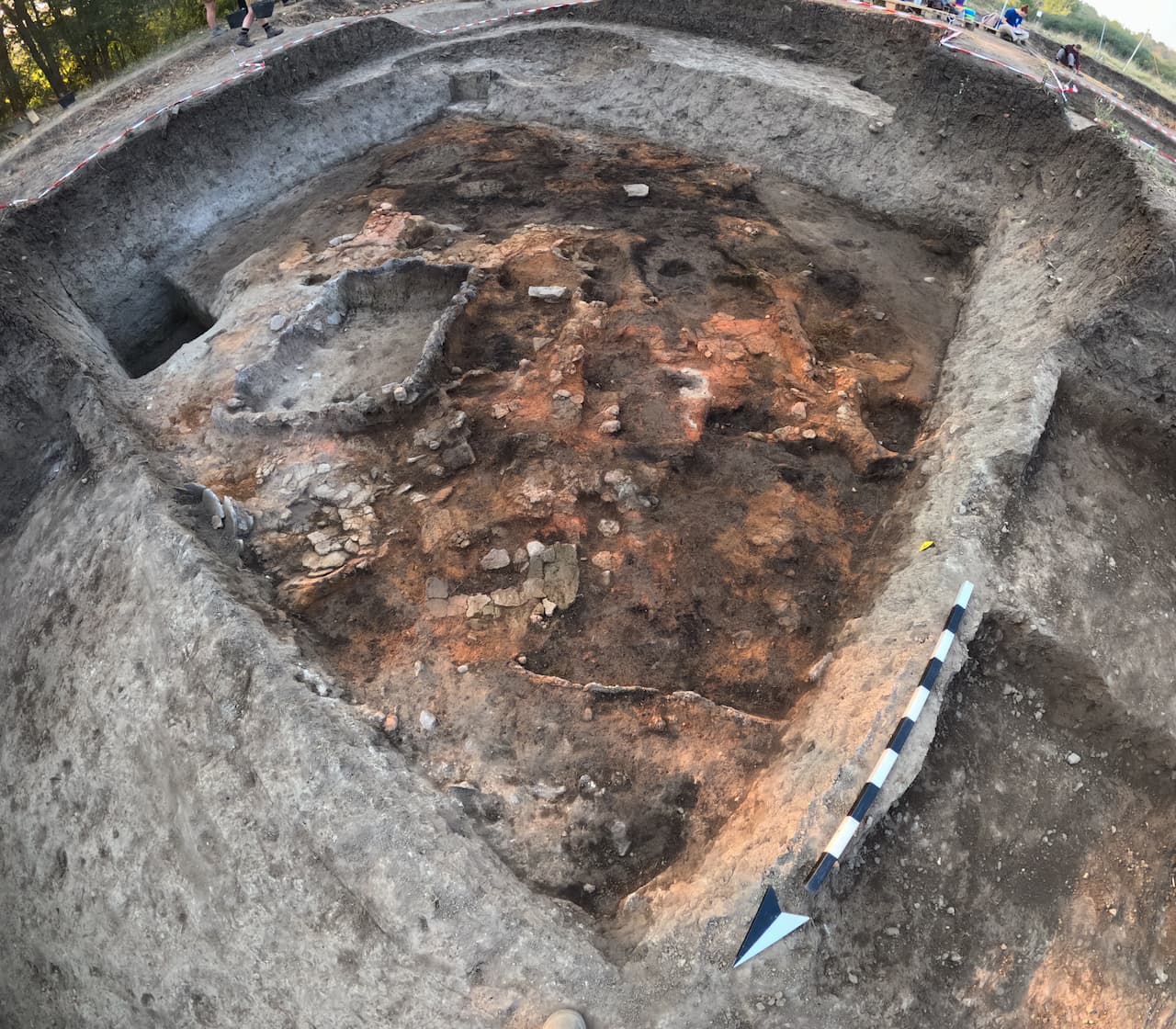
The current excavations also raise new questions: The geographic-cultural origin of these groups, and possible interaction with regional hunters and gatherers, are open questions now being further investigated, says Horejs.
To analyze the findings in detail, researchers are using microarchaeological methods, such as the study of sediments, botanical and zoological remains, and chemical analysis of the soil.
The application of microarchaeological methods, for example, provides new data on the use of these early houses or the coexistence of humans and animals, which likely developed with the Neolithic around 8,000 years ago in Europe, says the archaeologist.
Discover more from LBV Magazine English Edition
Subscribe to get the latest posts sent to your email.



